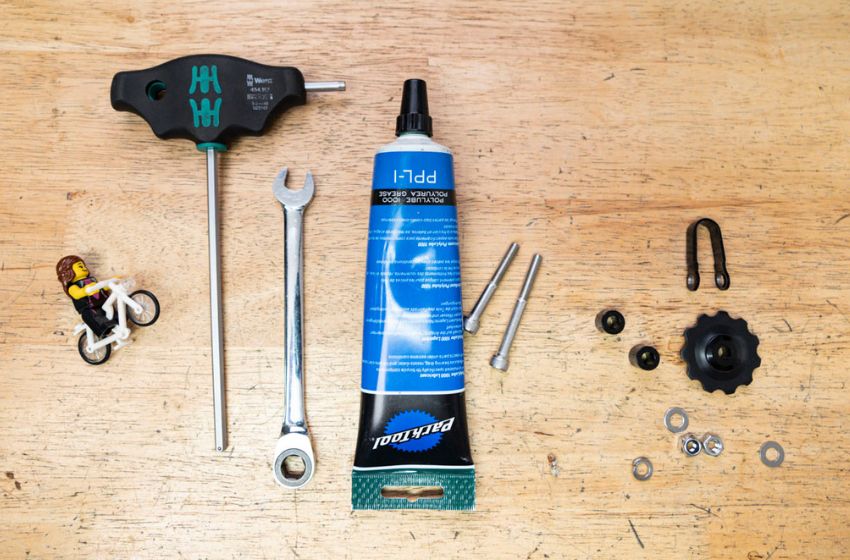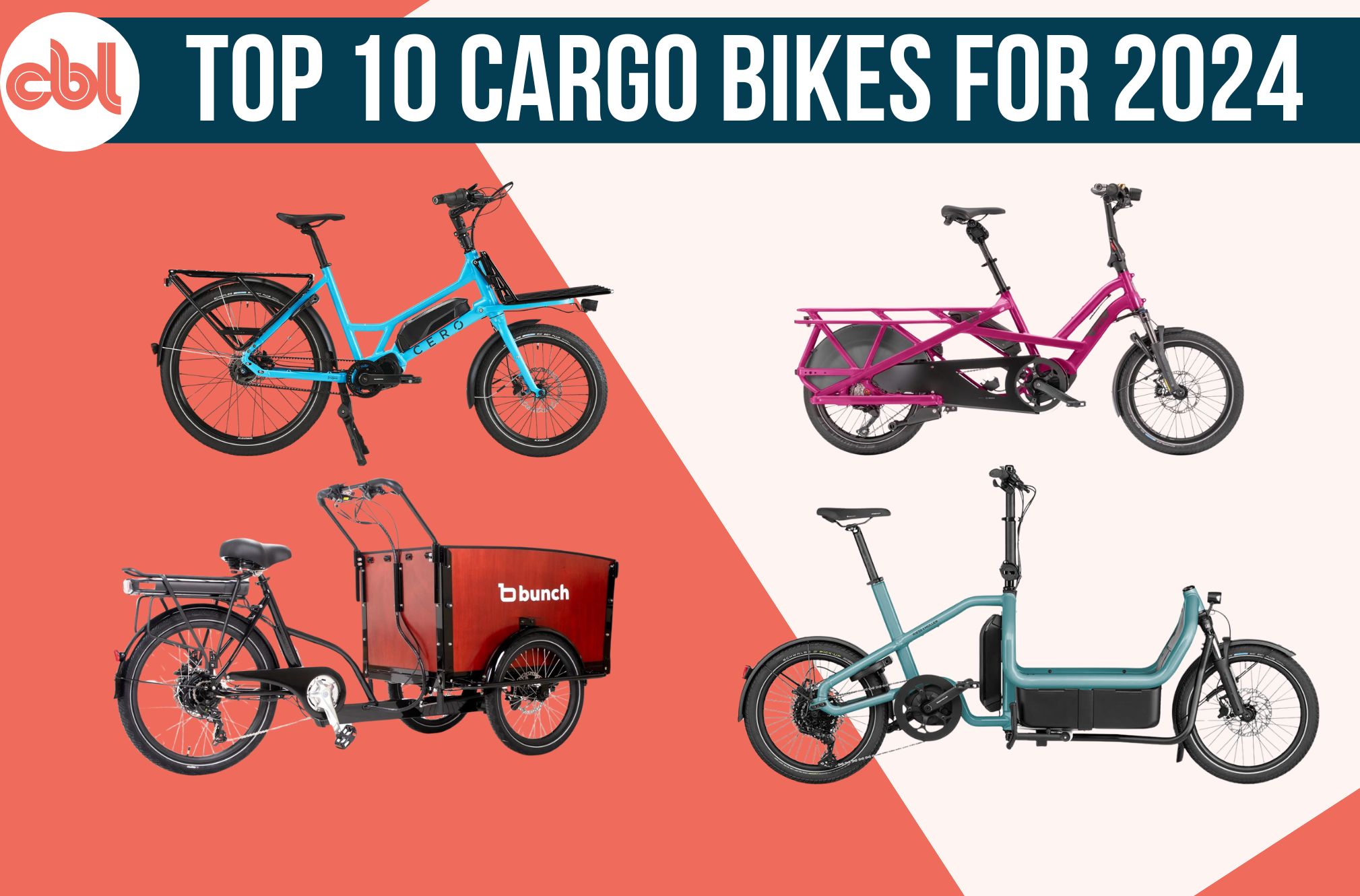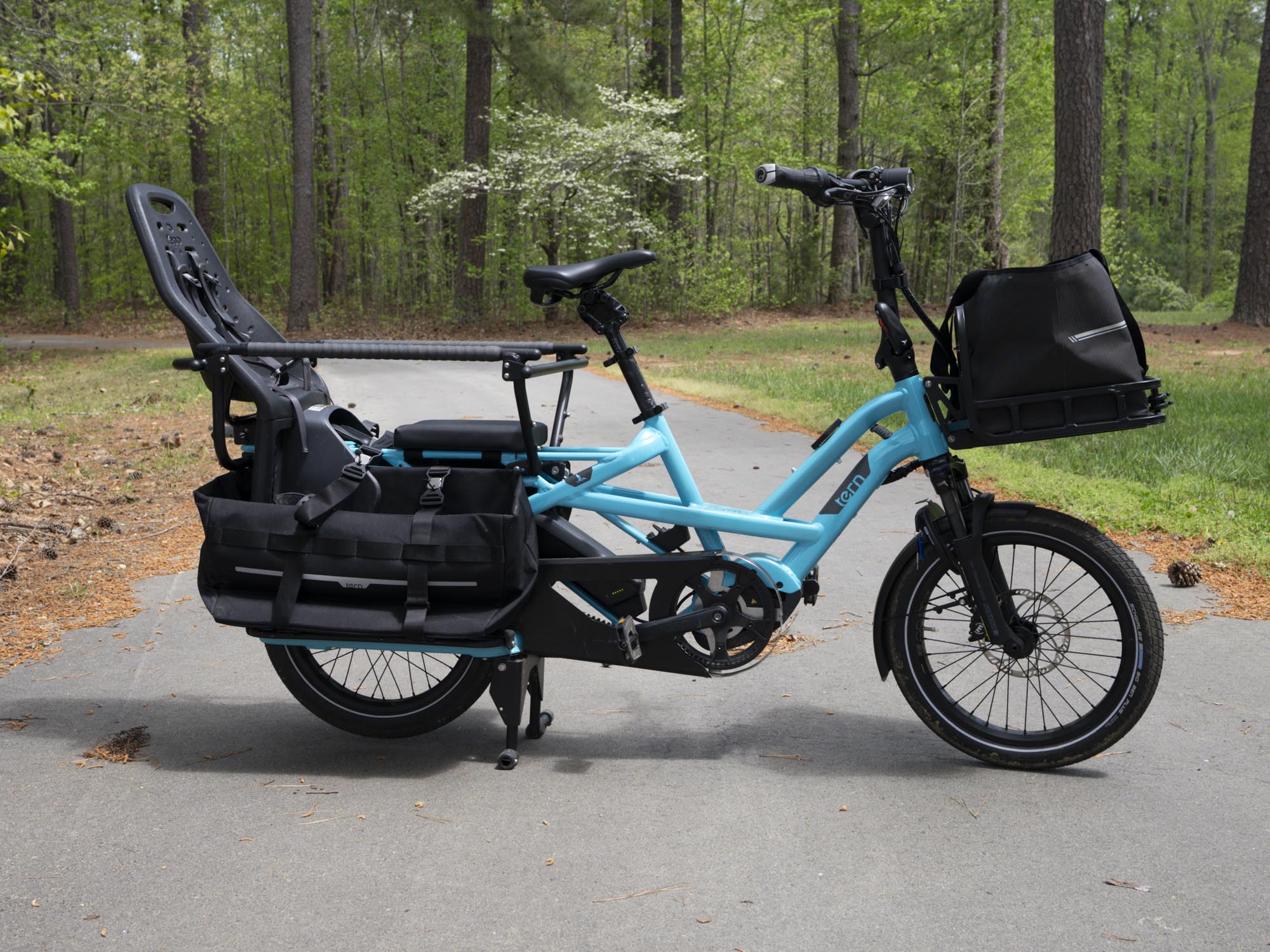How to Measure Bike Size for Kid
Figuring out your kid’s bike size can feel a bit daunting. You don’t want it too big, and they don’t want to ride it, but you don’t want them to outgrow it next week. This easy-to-follow guide will help you find the right kid’s bike size that they won’t grow out of too quickly!
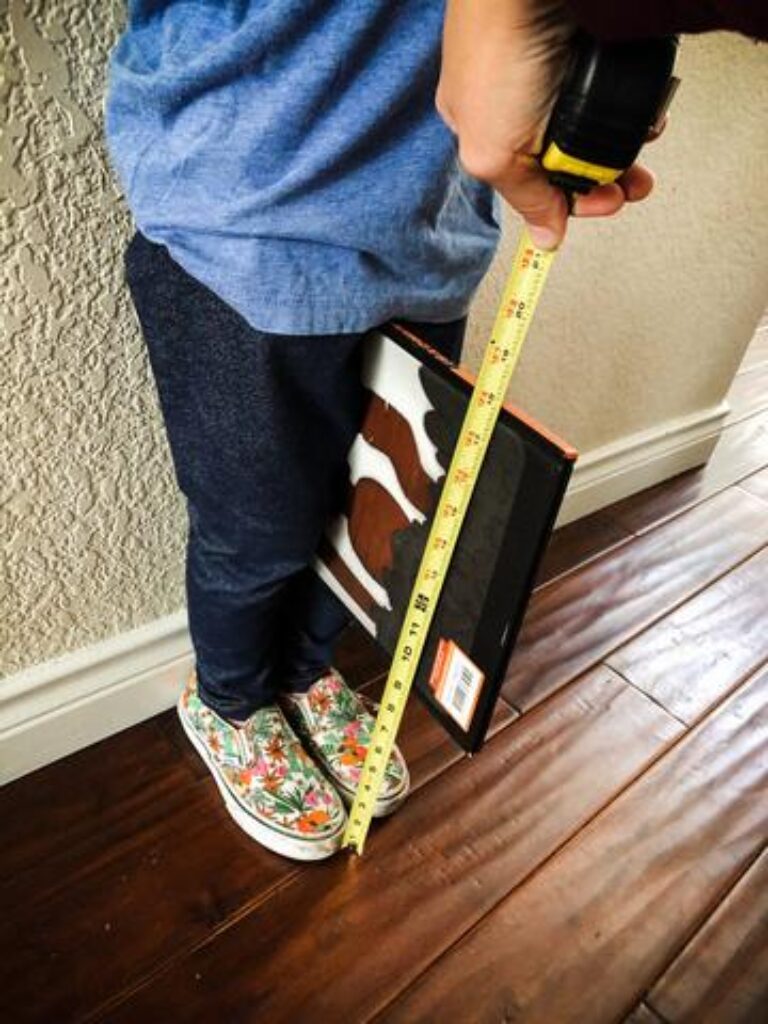
Step 1 – Measure The Kid’s Inseam with Shoes On
- Have your child put their shoes on and stand against a wall
- Place a book gently between their legs until it is softly coming in contact with their crotch
- Hold the book parallel to the ground and measure from the top of the book to the ground. You now have their inseam!
Step 2 – Find the Minimum Standover for Kid’s Bikes
We want to ensure the child’s inseam height is at least 1/2 to 1″ taller than the standover height of a bike so they can comfortably stand over the bike AND come off the saddle quickly without hitting their pubic bone.
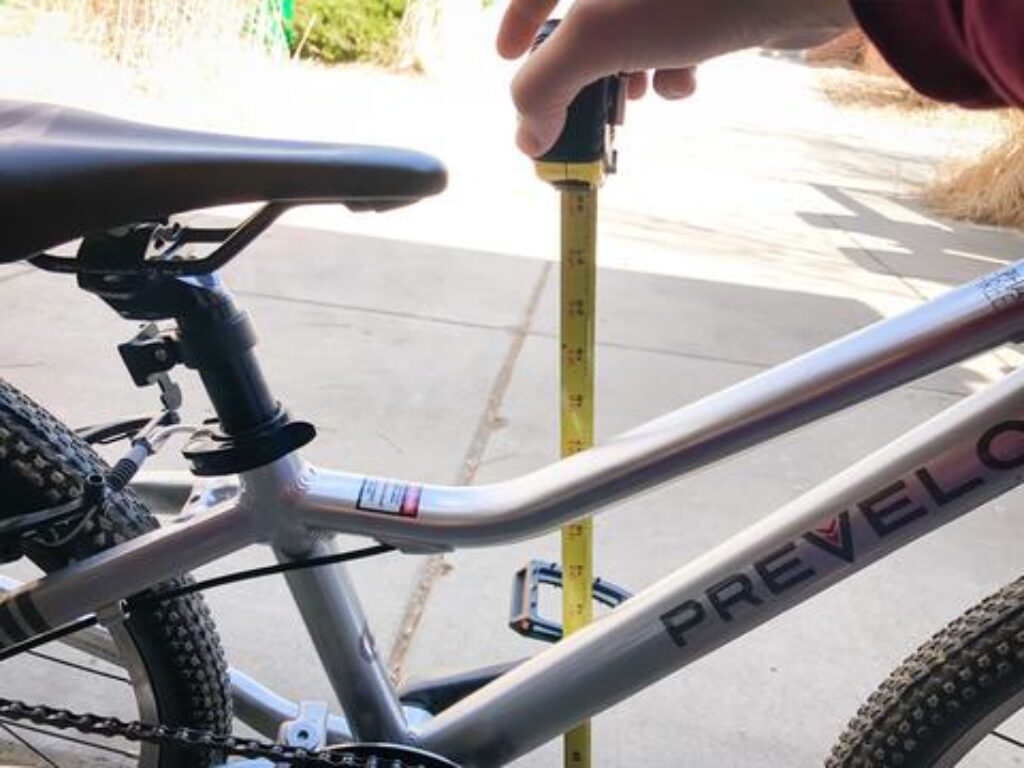
When measuring standover height, measure about 1-2″ in front of the nose of the saddle. This should be where they would be standing when not in the saddle.
If you are shopping online, we have all of the kids’ bikes listed by inseam over in the kids’ bike directory.
5 Important Things to Remember When Sizing a Kid’s Bike
1. Know Your Kid.
We often reference sizing, handling, and weight when talking about kids’ bikes. Without meeting your child, we can’t tell you if they are confident, petite, or like to take the path down the stairs, but you can!
If you have questions about models, please get in touch with us!
2. The Bike Must Fit.
Not until a 20″ bike or above do we feel okay with putting a child on a bike slightly too big, and it still depends on the kid. It can be dangerous and damage their confidence, making them not want to try again for a long time!
3. Weight Really, Really Matters.
Some small kid’s bikes weigh 25-35 pounds for a kid who weighs the same amount!
My favorite first pedal bike is the Woom 2, which weighs 11 pounds depending on the parts, and the Prevelo Alpha One, which has a lower standover height. Some kids’ first pedal bikes weigh 22+ pounds without training wheels! An average kid that age weighs about 30 pounds. Try riding a bike 75% of your weight while learning to ride!
4. Say NO to Training Wheels.
Balance bikes are fantastic. They teach kids to use their bodies to control a bike, from stopping to balancing. If your child is taller than a typical balance bike, take the pedals off and use it as a balance bike. We recommend having hand brakes on any bike you are going to try this with.
5. Yes, Some Kid’s Bikes Are Expensive, But You’ll Get It Back.
Think of that bike as a short-term lease. You’ll buy it at 100%, and then when you resell, you’ll get 80% back because most of these kid’s bikes never go on sale. They keep their value! They are also well worth it if your child starts biking 2-5 years earlier than with a heavier and bulkier bike.
Some Encouragement from a Bike Mom (and family bike shop owner)
I opened up my small bike shop to make the world a better place for my kids, and now I brought that to this website. A bike can solve many issues kids face, from mental and physical health to freedom and self-confidence.
The most important thing to remember is that your child is unique, and you know them the best. Ultimately, you can decide if your kid is more confident about a bigger size or maybe needs the investment in the lightest bike available.
The next most important thing is to remember to make this fun. My daughter didn’t take to a balance bike at first. She loved her little Micro Mini scooter, and honestly, as long as she was moving, I was thrilled. Finally, one day, her friend started pedaling, so she immediately wanted to try. Make it about going for ice cream or a reward for where the bike takes them—making it a chore or a task they have to achieve doesn’t unlock the magical powers of the bicycle!


